The Concorde is a widely recognized plane, perhaps even more than the Boeing 747. To this day, it remains the only supersonic plane that operated commercial flights, despite a disastrous attempt from Tupolev to imitate the Anglo-French plane. Since its last flight in 2003, no commercial passenger has flown past the speed of sound. This could all be changing in the coming years as more and more private companies are investing in supersonic private jets, along with NASA’s recent announcement.
Gone are the days where any passenger could travel from Paris or London to New York in a little over three hours. These days, any traveler will have to take anywhere between five and a half and over nine hours. Whether you blame it on FAA noise regulations or the economy, the final outcome remains that no non-military aircraft has gone past the sound barrier since the Concorde’s last trans-Atlantic flight on October 24, 2003, which landed in London Heathrow.
CONCORDE: A SUPERSONIC LEGEND
It is five years after an agreement between the British and French governments that F-WTSS, the first pre-production Concorde, was finally rolled out of its factory. Two years after its rollout, the aircraft performed its first flight. Six months later, it flew for the first time past the speed of sound and another four years later, in 1975, it completed the entirety of the trials it was designed for. By then, the Aerospatiale and the British Aerospace Corporation (BAC), had already started producing the airliners that would take passengers across the Atlantic daily, to hundreds of other destinations around the world. The first commercial flight was in 1976.
The engineers that designed the Concorde had to deal with a lot of challenges, the most prominent being the drag and the temperature. These challenges, specifically the drag issue, had been in the minds of engineers since the 1950s. It was solved in part by Dietrich Küchemann, with the use of a slender delta wing. Furthermore, because the Concorde was to fly above Mach 2.0, the temperature the aircraft would experience would reach almost 130°C, forbidding the use of common aluminium on the sharp leading edge of the aircraft or the nose. Certification requirements also lead to a compromise in design for the nose of the aircraft. As the pilot had to see the runway upon landing and take-off and since the aircraft was performing both of these tasks at high angles of attack, the nose was designed such that it could drop down. In this way, the pilot could take off and land the Concorde similar to any another aircraft. The third main problem was the engine and its inlet. The latter had to be designed such that the engines would be able to perform both at low subsonic and supersonic speeds in a reliable fashion. The engines selected for the aircraft were the now famous Rolls-Royce Olympus engines. For the inlet, a marvel of engineering was used with a design , which controls the location of the shock waves by the use of ramps, to appropriately slow down the flow at supersonic speeds and accelerate the flow at subsonic speeds.
However, regardless of all the technologies the Concorde packed, it was never enough. The Concorde’s main technical problem always remained its efficiency in air and noise pollution. Although the air pollution could have ultimately been solved by upgrades to the engine, the problem of noise pollution was never solved and is the main reason why it is still not possible for commercial passengers to fly at supersonic speeds around the world today.
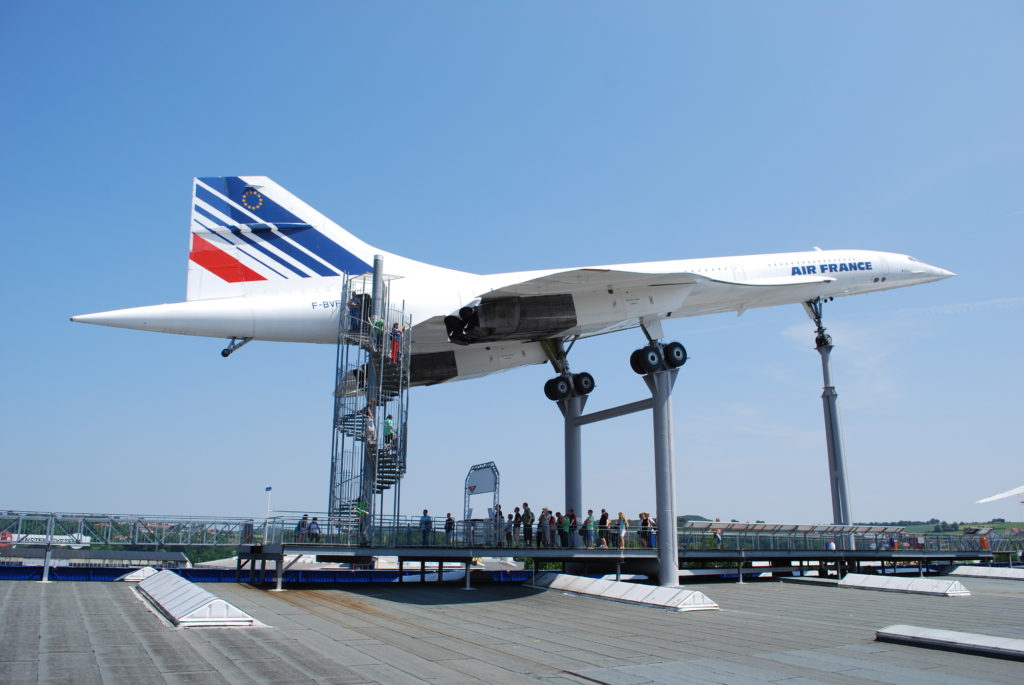
THE SONIC BOOM AND FAA RULES
When an aircraft flies above the speed of sound, it will create a so-called sonic boom. The merging of several different shock waves around the aircraft creates the latter. The further one is from the sonic boom, the lower the sound becomes. However, even though the sound attenuates, on the ground two main disturbances often remain forming the characteristic N-wave boom signature.
This sonic boom is highly disruptive for local inhabitants – who has not heard about sonic boom created by fighters scrambled to intercept some Russian patrol mission above the North Sea? It can also lead to damages when the aircraft is flying too low. One of the examples is the Brazilian air force inaugurating the Brazilian supreme court with a low fly-over, shattering all the windows of the newly built court. Considering that low flying supersonic aircraft are rare, it is due to the noise that the FAA banned any supersonic flight over the continental United States. This was best demonstrated by the Concorde flight linking Paris to Caracas. On the way to Venezuela, the Concorde had to reduce its speed below Mach 1.0 as it flew over Florida before accelerating back to normal supersonic cruise speed above the Gulf of Mexico and the Caribbean.
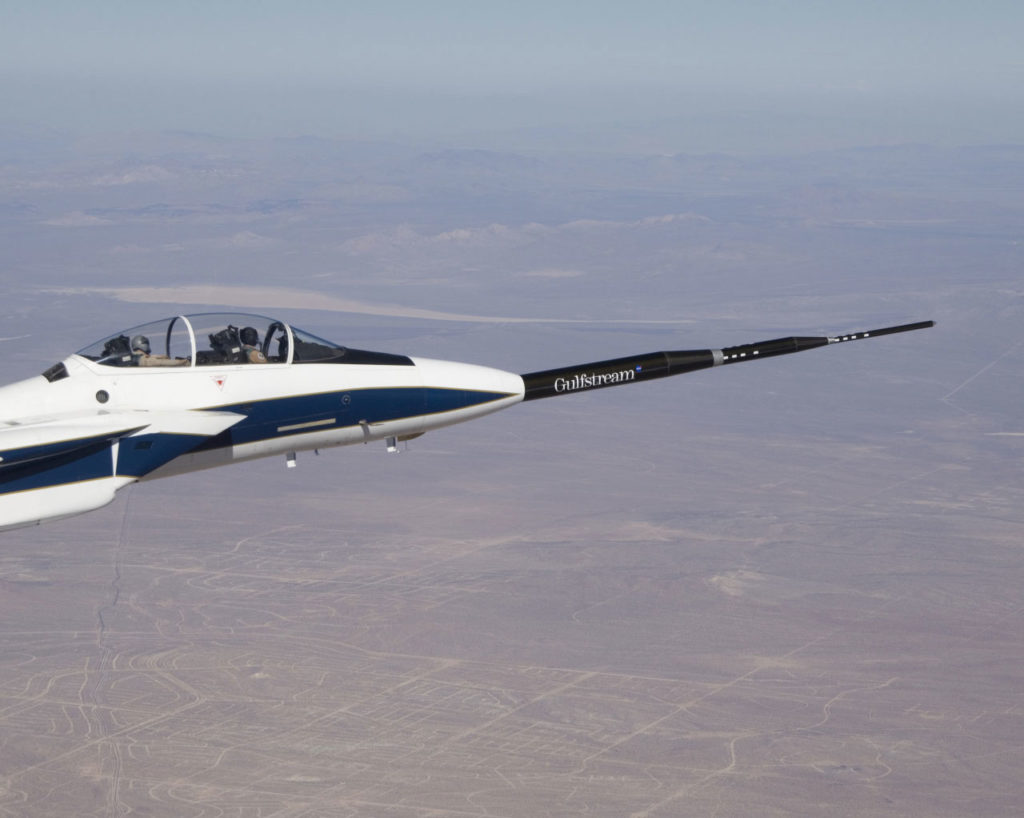
The FAA ruling was a major hit for the Concorde’s economic prospects and potential clients. It was also seen as a windfall for the Europeans’ main opponent: Boeing, which had failed to develop a similar aircraft. Most American airlines would have wanted to connect the east coast to the west coast at supersonic speeds. This was not possible anymore. Moreover, a lot of countries followed by default the FAA ruling for their sovereign airspace. This meant that the Concorde was not allowed to fly over many parts of the world, effectively reducing its flight possibilities to trans-Atlantic flights. This was the main failure of the Concorde program.
THE FUTURE
The supersonic dream never faded in anyone’s mind. It is still the vision of most frequent flyers to be able to travel from London to Auckland in under six hours. This vision has become recurrent over the years. In 2011, at the start of the Salon du Bourget, Airbus Group (EADS at the time) introduced the Zero Emission Hypersonic Transportation (ZEHST), which was hailed as the successor of the Concorde. It was penned as the Concorde’s replacement. It would fly faster – Mach 4, higher – 100,000 feet – and with a lower ecological footprint. It was to fly from London to Tokyo in under two hours. The ZEHST was to be powered successively by turbofans, rocket engines and scramjet technologies. This is analogous to the Skylon project where all these three engines are combined in one. Since being unveiled in 2011, ZEHST has not been mentioned again and the Airbus Group seems to have turned to electrical planes instead.
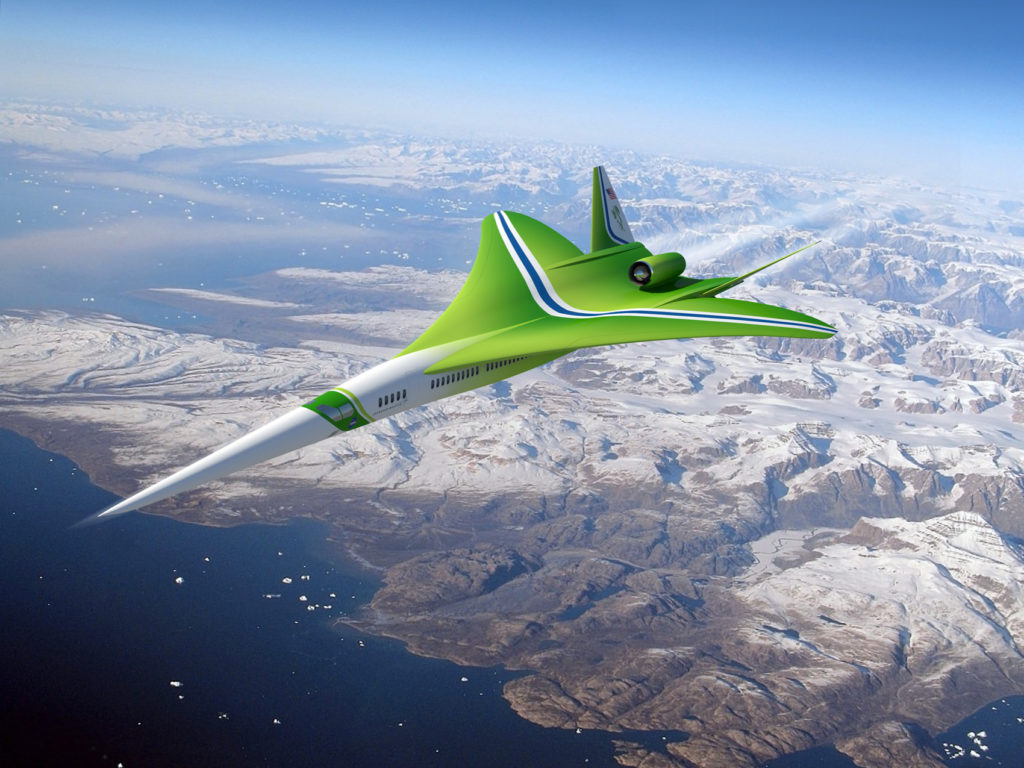
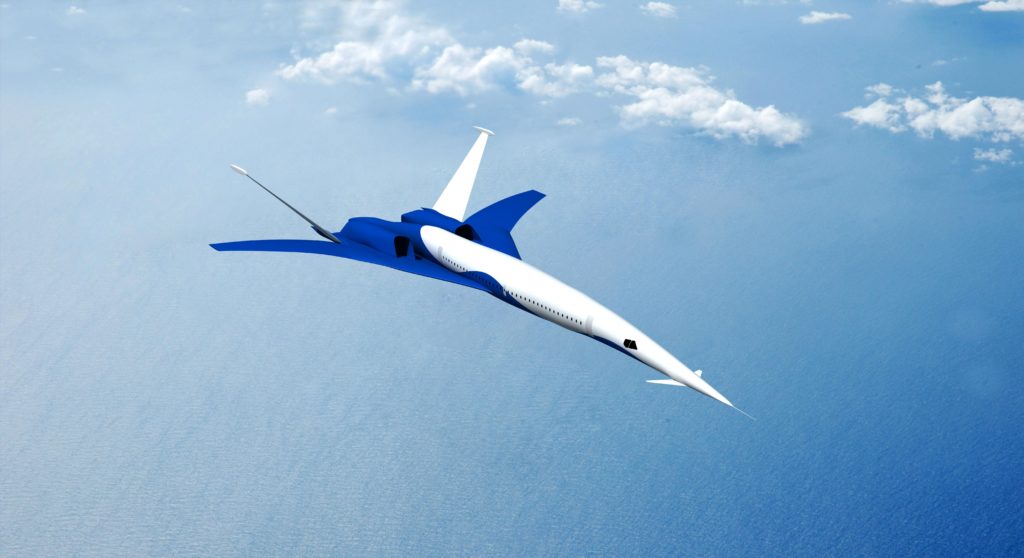
Another path can be taken to finance the construction of a supersonic plane: via the rich and wealthy of this world. Over the past decade, small private companies have emerged as the only players willing to look at supersonic flights. Their aim: To provide millionaires and billionaires with a private jet that can fly past the speed of sound. Several projects are meant to deliver this promise: the Aerion and the Spike S-512 are the two most famous. The Aerion is shaped following the area rule with a slender fuselage ending abruptly where the wing and the engine are mounted before leaving space for an elongated T-tail.
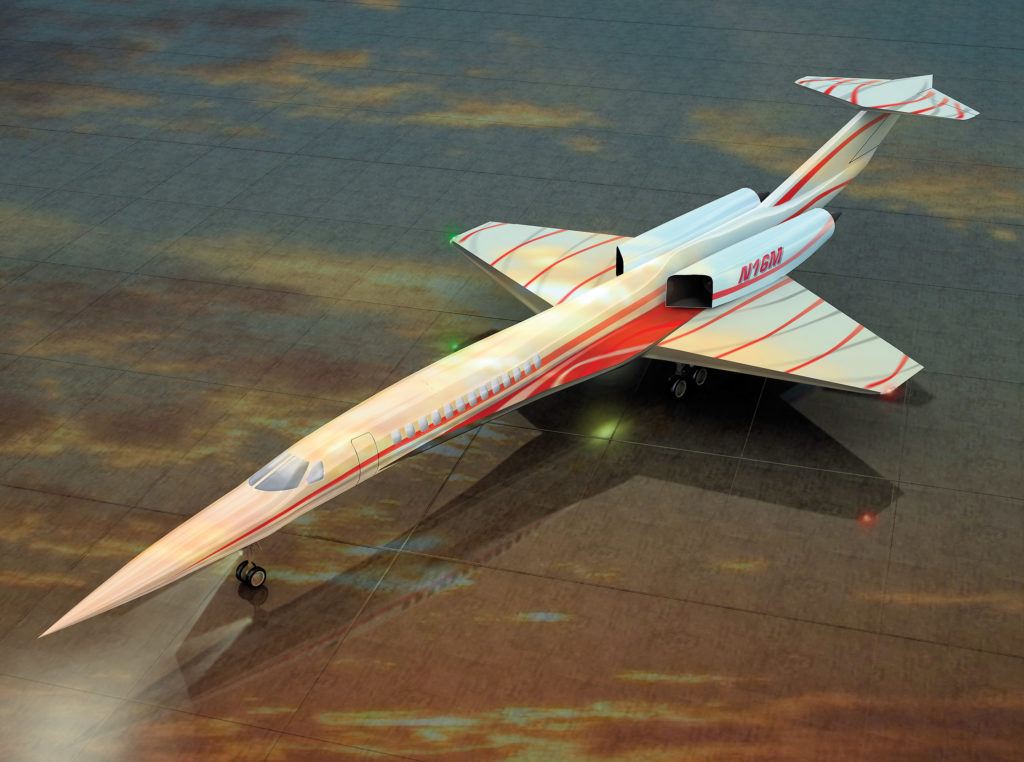
NASA AND COMMERCIAL AIRLINERS
NASA never really gave up on supersonic commercial airliners. In the past, it has been funding different projects to try to deal with the sonic boom. It funded the modification and testing of an F-5, configured specifically to reduce the sonic boom. It also tested the QuietSpikeTM. This device is a spike that extends at the front of an aircraft to displace and reduce the intensity of the shock wave. It was designed by Gulfstream and tested on a modified F-15. So far, these attempts have been fruitless and nothing has come from them.
In more recent news, NASA has revealed the design of a new supersonic commercial aircraft that is meant to take the air in the late 2020s and transport about 100 passengers. NASA has awarded a $20 million contract to Lockheed Martin to build and test the demonstrator aircraft. It would have its sonic boom reduced from the whooping 105dB of the Concorde to a more reasonable 75dB at cruise altitude. This would potentially allow the fly-over of continental inhabited areas. The demonstration is initially meant to be for only a single pilot. It would fly at a speed of Mach-1.4 by 2020 when the flight tests are meant to begin.
CONCLUSION
The supersonic dream is still alive and will continue to be as long as people fly. With the Concorde in mind, a lot of companies and governmental agencies are now starting to invest heavily in research and testing around the problem of sonic boom. Sooner or later, researchers will crack this sonic boom problem. This should once more revolutionize the air transportation industry and could help bring us back to the golden days of aviation.
– R. Klein
